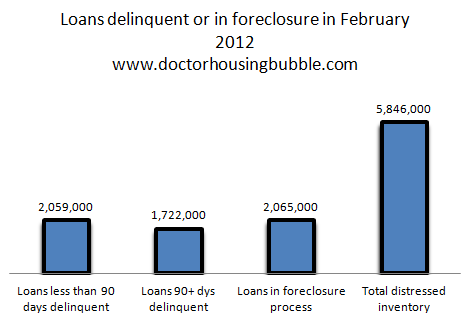
The focus of our blog is on low cost, low tech housing solutions. But sometimes it’s good to stop and look at what’s happening in society. Even though I read about the economy every day, this article about the true rate of foreclosure is still shocking. Who wouldn’t be moved by what’s going on? Due to financial hardship, more people are investigating lower cost DIY housing alternatives such as earthbag building, straw bale construction, adobe and pole building.
“Let us take a look at the current state of the shadow inventory. You need to remember that the first two columns rarely show up on the MLS. These homes have yet to even hit the foreclosure process so do not show up as inventory. These are simply home owner’s not making payments on their home for a variety of reasons. Cure rates have been pathetic so most of these will end up as foreclosures. Then you move to the loans in foreclosure category and many are not on the MLS as well.”
Read the entire article at the source: Wealth Wire.com

A interesting idea is converting little metal storage shed. One benefit is that one can be assembled in a day. I have consider that or your hay house for first stage on desert property. Your website is always an enlightenment to me and I’m sure many others. Thanks
Metal storage sheds could work, but without insulation would be terribly hot or terribly cold depending on the climate. Also note, we’re trying to keep each structure below $300, preferably below $200 and some below $100.
We propose building in stages: 1. tent in a tent with possible additional wind barrier, 2. three sided outdoor shelter made with posts and pallets and covered with tarps (provides shade and wind break for outdoor cooking and relaxation), 3. more permanent shelter made with earthbags
For some interesting insights, check out Phil Garlington’s site about living cheaply in the desert. http://www.ranchocostanada.itgo.com/
News like this has compelled me to design a series of shelters to house the homeless. The proposed shelters are small and simple — about 80 sq. ft. or the size of a tent or teepee. They’re somewhere between a survival shelter and tiny house in size and concept. Coming soon in a free PDF.